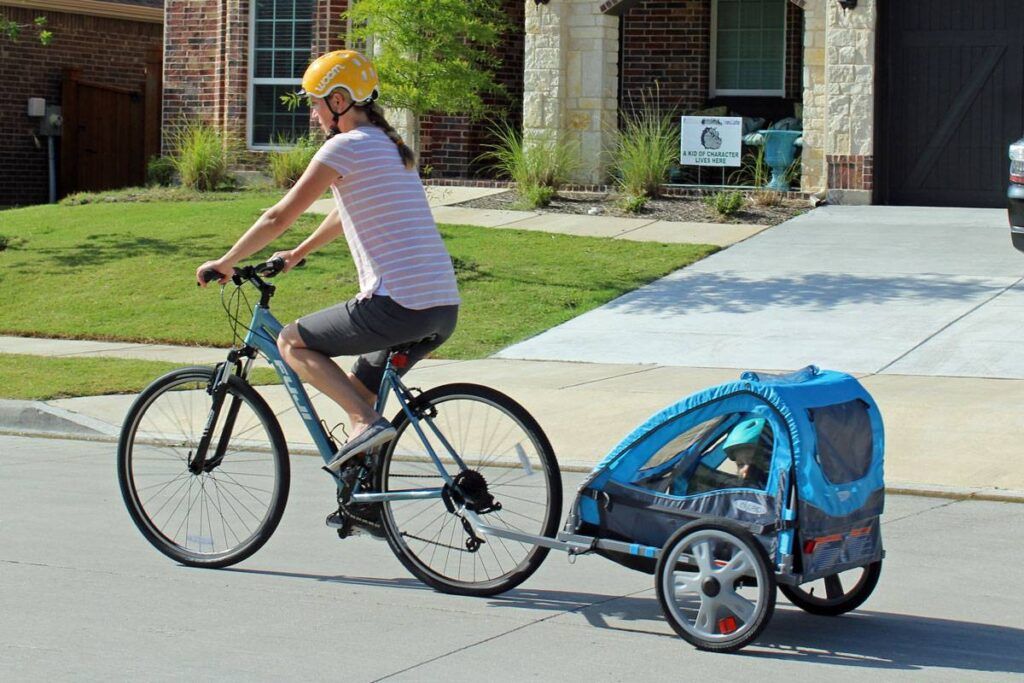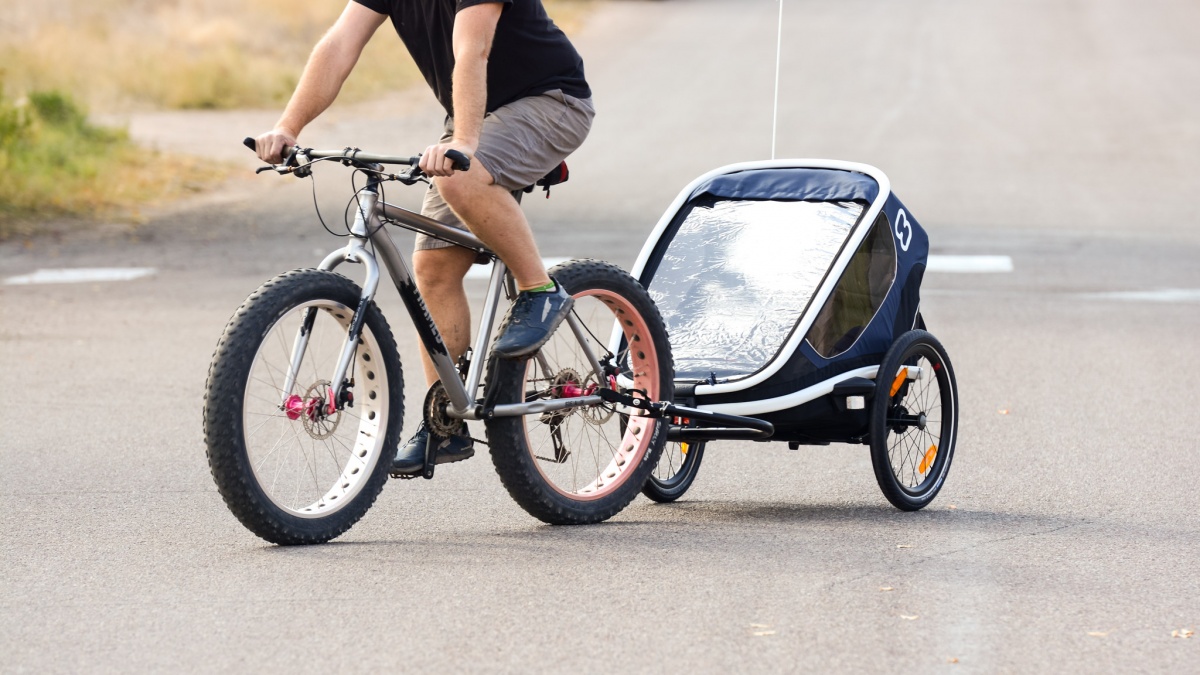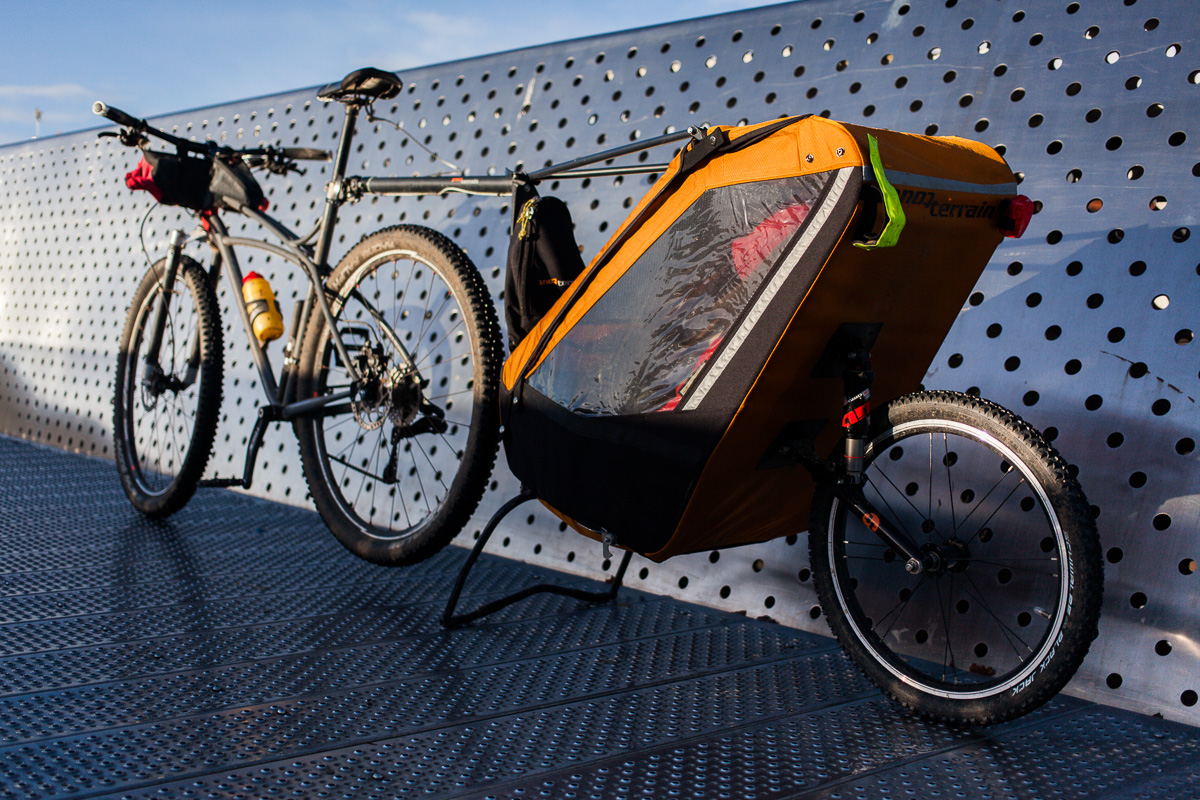Bike Trailer for Adults: The Ultimate Guide to Safe and Convenient Cycling

Are you an avid cyclist looking for a way to bring your belongings, groceries, or even your furry friend along on your biking adventures? Look no further than bike trailers for adults. These versatile accessories offer a convenient and safe solution for transporting cargo while enjoying the open road. In this comprehensive guide, we’ll explore the benefits of bike trailers for adults, factors to consider when choosing Bike Trailer for Adults, types available in the market, top recommendations, how to attach and use them, safety tips, and maintenance guidelines. Let’s dive in and discover the perfect bike trailer for your needs!
Benefits of Bike Trailers for Adults
Cycling enthusiasts can enjoy a multitude of benefits by investing in a bike trailer designed for adults. Here are some key advantages:
- Enhanced Cargo Capacity: Bike trailers provide ample storage space, allowing you to carry groceries, camping gear, or other essentials with ease.
- Versatility: These trailers can accommodate various types of cargo, such as luggage, sports equipment, or even a pet.
- Increased Stability: With their low center of gravity and sturdy construction, bike trailers offer stability and balance while riding.
- Improved Safety: Most bike trailers feature reflective materials, Bike Trailer for Adults, and safety harnesses, ensuring high visibility and protecting your cargo.
- Fitness and Family Time: Bike trailers promote an active lifestyle and allow you to spend quality time outdoors with your loved ones.
Factors to Consider when Choosing a Trailer

When selecting a bike trailer for adults, it’s important to consider several factors to ensure a seamless and enjoyable experience. Keep these aspects in mind:
1. Cargo Capacity and Size
Consider the amount and size of cargo you intend to carry. Choose a trailer with sufficient capacity and dimensions to accommodate your belongings comfortably.
2. Trailer Type
There are various types of bike trailers available, such as cargo trailers, child trailers, and pet trailers. Determine your specific needs to select the right type for your purposes.
3. Hitch Compatibility
Ensure the trailer’s hitch is compatible with your bicycle’s design. Different hitch styles include axle-mounted, seat post-mounted, and chainstay-mounted options.
4. Weight and Durability
Opt for a trailer that strikes a balance between weight and durability. Lightweight trailers are easier to maneuver, while robust construction ensures longevity.
5. Suspension System
Consider the terrain you’ll be riding on. If you frequently encounter rough or uneven surfaces, choose a trailer with a suspension system to provide a smoother ride.
Types of Bike Trailers for Adults

There is a wide range of bike trailers available to cater to different needs. Let’s explore the most common types:
1. Cargo Trailers
Cargo trailers are designed to transport various types of goods and luggage. They offer ample space and typically feature a flatbed design for easy loading and unloading.
2. Child Trailers
Child trailers are specifically designed to transport young children. They feature comfortable seating, safety harnesses, and protective enclosures to ensure a secure and enjoyable ride for your little one.
3. Pet Trailers
along for the ride. These trailers feature mesh windows for Bike Trailer for Adults, leash attachments, and safety restraints to keep your pet safe and secure.
4. Specialized Trailers
Specialized trailers cater to specific needs, such as transporting sports equipment, camping gear, or even musical instruments. They are designed with the unique requirements of these activities in mind.
Top 5 Bike Trailers for Adults
- Trailer A: Offering exceptional cargo capacity and a robust suspension system, Trailer A is perfect for adventurous cyclists seeking durability and versatility.
- Trailer B: Designed with safety and comfort in mind, Trailer B is an ideal choice for parents who want to bring their young children along on biking excursions.
- Trailer C: With its lightweight construction and compact design, Trailer C is perfect for commuters looking to transport their belongings with ease.
- Trailer D: Boasting a spacious interior and excellent ventilation, Trailer D is the go-to option for pet owners who want to include their furry companions in their cycling journeys.
- Trailer E: Built specifically for sports enthusiasts, Trailer E offers specialized storage compartments and attachments to securely transport sporting equipment.
How to Attach and Use a Bike Trailer
Attaching and using a bike trailer requires proper installation and understanding of the process. Follow these steps for a successful setup:
- Begin by ensuring your bike is in good working condition, with properly inflated tires and functional brakes.
- Attach the trailer’s hitch to your bike according to the manufacturer’s instructions, making sure it’s secure and properly aligned.
- Test the connection between the trailer and your bike by giving it a gentle tug to ensure it’s firmly attached.
- Load your cargo into the trailer, distributing the weight evenly for better balance.
- Securely fasten any straps or buckles to prevent the cargo from shifting during the ride.
- Practice riding with the trailer in a safe and open area before embarking on longer journeys.
Safety Tips for Riding with a Bike Trailer
Riding with a bike trailer requires extra caution and attention to ensure the safety of both the cyclist and the cargo. Keep these safety tips in mind:
- Always wear a helmet and ensure your passengers do as well.
- Ride at a moderate speed and avoid sudden maneuvers to maintain stability.
- Use hand signals and make your intentions clear to other road users.
- Maintain a safe distance from vehicles and avoid busy roads when possible.
- Check the trailer’s tires, brakes, and hitch before every ride to ensure they are in good working condition.
- Avoid overloading the trailer and stay within its recommended weight capacity.
Maintenance and Care of Bike Trailers
To keep your bike trailer in optimal condition and ensure its longevity, follow these maintenance guidelines:
- Regularly clean the trailer to remove dirt, debris, and any corrosive substances.
- Lubricate the moving parts, such as hinges and wheels, to prevent rust and ensure smooth operation.
- Inspect the tires for proper inflation and tread wear, and replace them if necessary.
- Check the trailer’s hitch and connections for any signs of wear or damage, and repair or replace as needed.
- Store the trailer in a clean, dry, and secure area when not in use to protect it from the elements.
Frequently Asked Questions (FAQs)
- Q: Can I attach a bike trailer to any type of bicycle? A: Most bike trailers are designed to be compatible with a wide range of bicycles. However, it’s always recommended to check the trailer’s specifications and hitch compatibility to ensure a proper fit.
- Q: How much weight can a bike trailer carry? A: Bike trailer weight capacities vary depending on the model.






